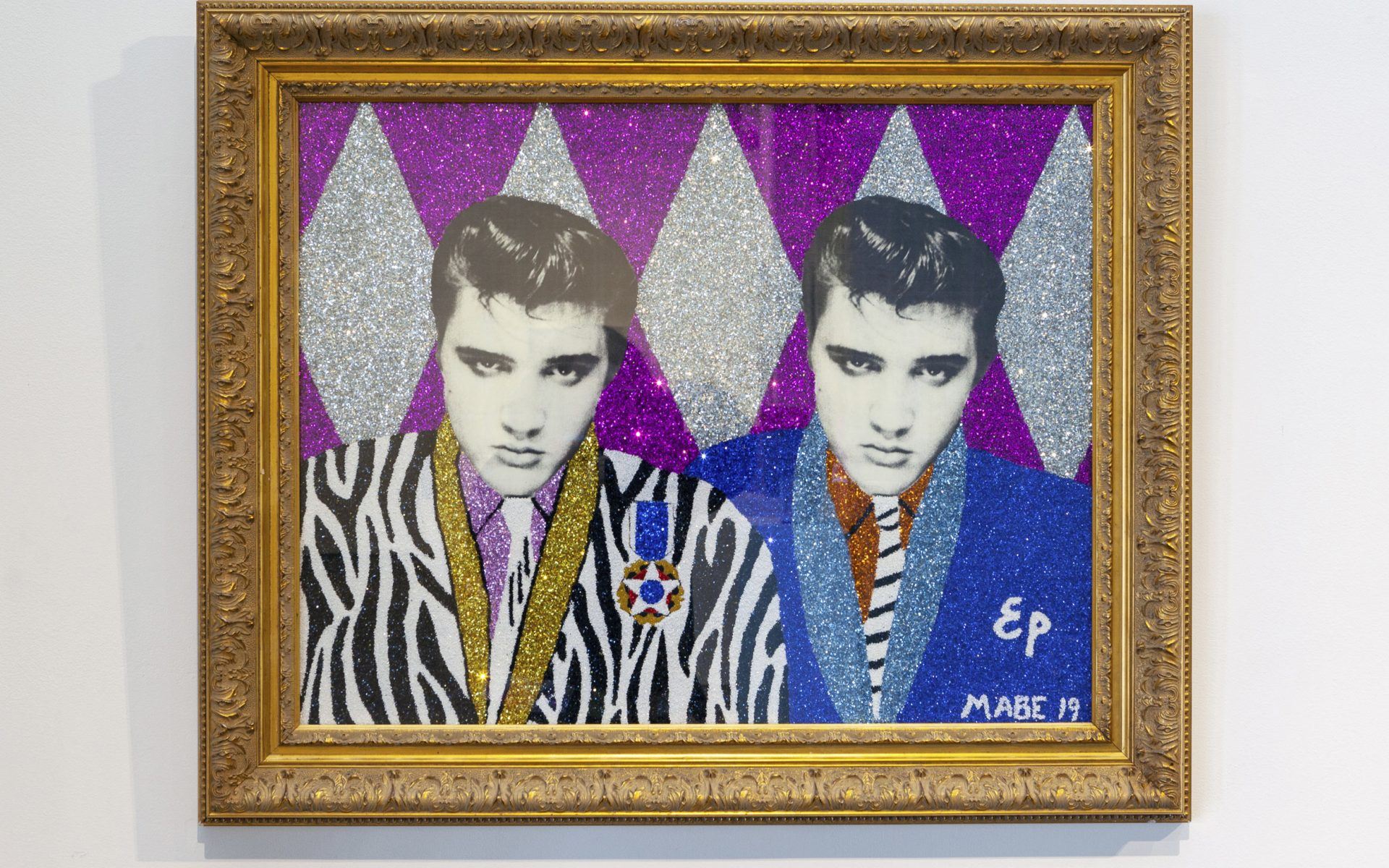

5 Southern Artists to See at the 2019 Atlanta Biennial
The exhibition is an important platform for contemporary art emerging from the South
In 1985, Alan Sondheim, curator of Nexus Contemporary Arts Center (which is now Atlanta Contemporary), created the Atlanta Biennial, an exhibition that served as a platform for contemporary art emerging from and impacting culture in the Southeastern U.S. According to one of the cocurators of this year’s biennial, Phillip March Jones, it was created mostly in response to the 1983 Whitney Biennial, which did not feature any artists from the South. “With a healthy dose of intellectual flair and faux snobbery,” Jones tells Galerie, “many of Nexus’s patrons referred to the Atlanta exhibition as the Biennale à l’Italienne.”
Since its inception, the biennial has featured the works of hundreds of Southern artists, including Radcliffe Bailey, Larry Walker, and Donald Locke, among others, and continues to present work that explores the vernacular of the region.
Cocurated by Daniel Fuller (curator at Atlanta Contemporary) and Jones (founder of Institute 193), this year’s edition, called “A thousand Tomorrows,” features 21 artists. Jones was the inaugural director of the Souls Grown Deep Foundation, a pioneering organization founded by collector Bill Arnett that championed the work of self-taught African-American artists, including Purvis Young, Thornton Dial, and the Gee’s Bend Quiltmakers long before they became popular and accepted by the larger art world.
“Art has never been confined to the realm of museums, galleries, artist studios, or any other dedicated spaces that collectively contain art,” reads a statement on the site for the exhibition. “It is, indeed, the stuff of everyday life: images, words, renderings, sounds, and movements.”
Galerie asked Jones to suggest five artists featured at the biennial that we should give a closer look. Here, we followed his tips. Enjoy.
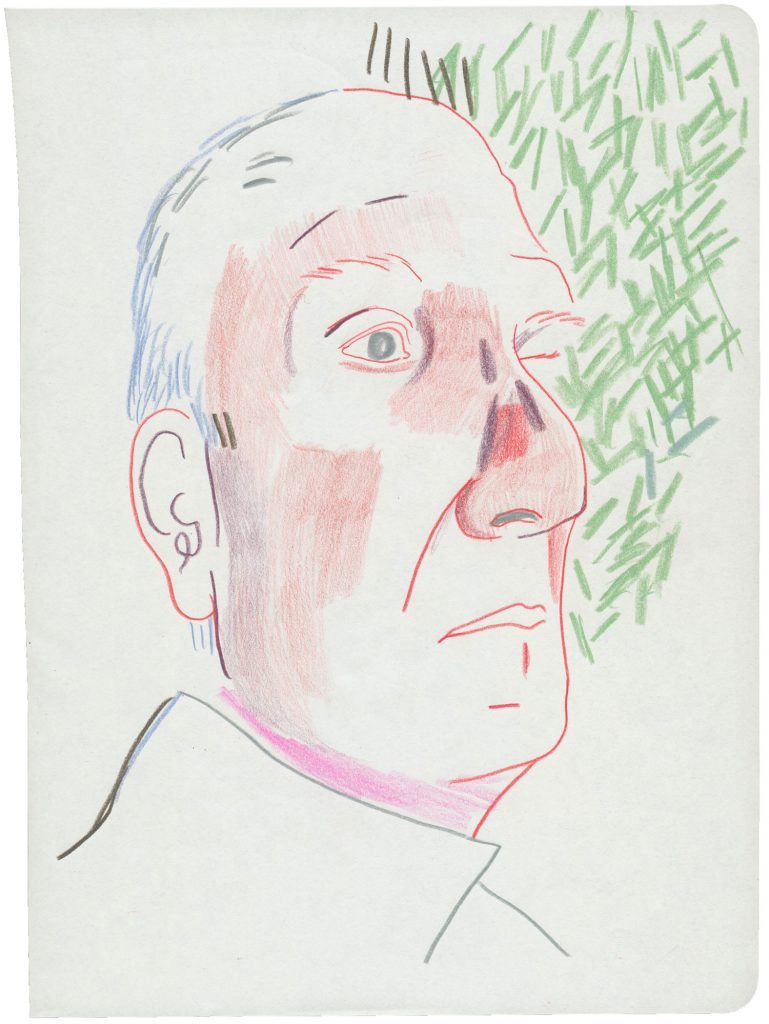
1. Aaron Skolnick
Kentucky-based artist Aaron Skolnick recently made waves with a stirring solo show at Manhattan’s Fierman Gallery, where his series of spare but emotionally charged graphite-on-paper works depicted the final days of his late husband, the artist Louis Zoellar Bickett II. Bickett suffered from ALS, and about a month before he died, in 2017, he asked Skolnick to start drawing him. “He told me it would help me process what was happening at the time,” Skolnick said in a written piece accompanying the show at Fierman Gallery. “I started to think a lot about the landscape of the body as I was drawing him.” A selection of these intimate drawings, which include self-portraits, are on view at Atlanta Contemporary.
Recommended: Fresh Talent Takes a Front Seat at the Dallas Art Fair
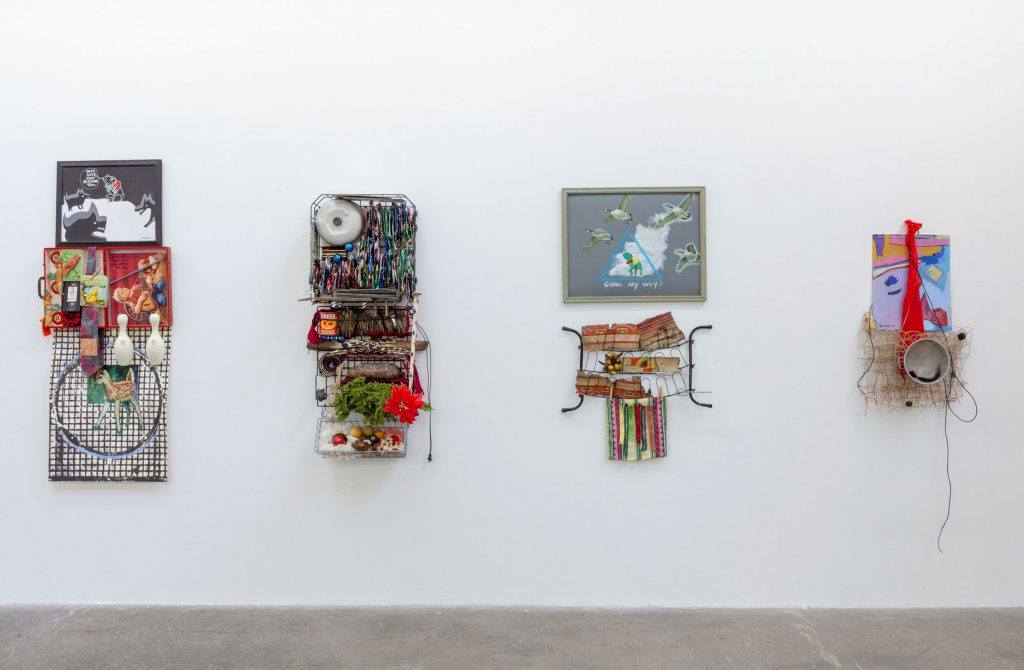
2. Joni Mabe
While the works by Georgia native Joni Mabe that are on view were made specifically for this edition of the biennial, they have their roots in a project she created in the 1980s. Her traveling Museum of Obsessions, Personalities, and Oddities was a Southern sideshow that grew out of her fascination with Elvis Presley and included attractions like a wart removed from the icon’s body. Mabe’s reverence of Presley began while still a graduate student at the University of Georgia, when she created Elvis-related artworks with glitter, sequins, and appropriated photographs.
“I was in a bad place, thinking about the whole world and the situation and everything—I lost faith in God—not for after you die, but while you live,” she recalled in a text accompanying the show, revealing the personally challenging moment she was in while creating her found-object assemblages for her movable exhibition. The biennial includes a few glitter mosaics featuring Elvis along with assemblages of created and found objects that reflect on family, rural life, and the cycle of life and death.

3. Melvin Way
Melvin Way’s dense ballpoint pen drawings of words, symbols, signs, and numbers often clutter the surface of found pieces of paper covered in Scotch tape that he carries with him for days, weeks, and even years. Writing for Vulture, art critic Jerry Saltz called the work of the South Carolina–born artist “visionary.”
Currently based in South Carolina, Way spent most of his adult life in New York. In the early 1970s, he joined a band, composing funk ballads and playing gigs in the city and experimenting with drugs. To make ends meet, he worked odd jobs, including a stint as a machinist. Developing schizophrenia in his early 20s, Way found that his life became more complicated and he moved between state-run mental institutions, halfway houses, drug rehabilitation centers, homeless shelters, and the occasional correctional facility.
Over the course of his life, Way has made perhaps a few thousand drawings, but many have been destroyed by the elements or worn thin by shuffling back and forth among backpacks, pockets, and drawers.
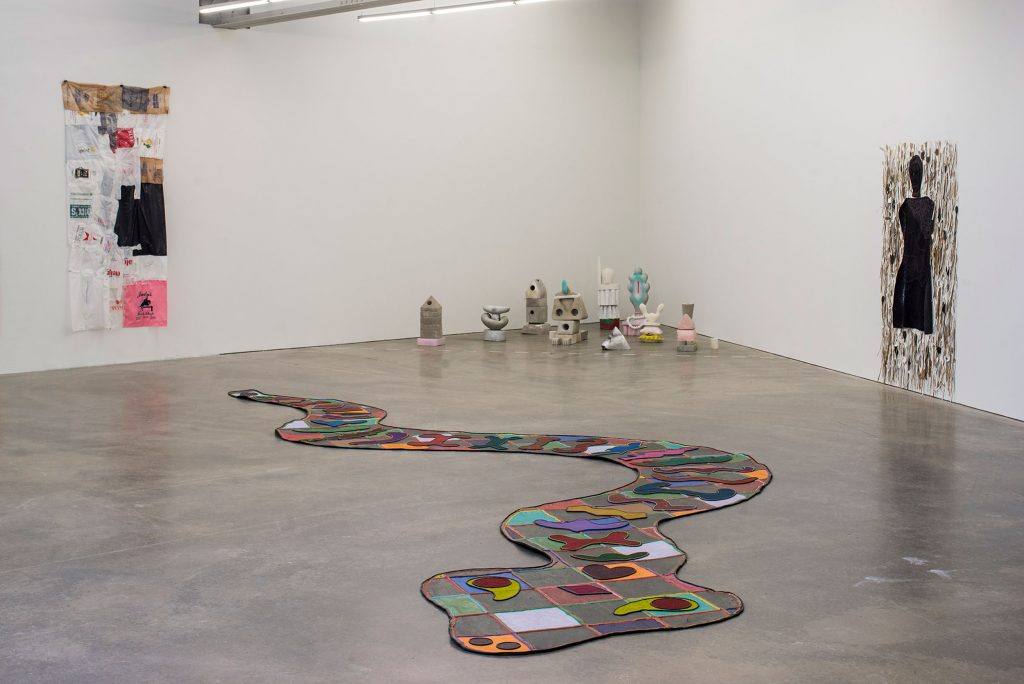
4. Jim Roche
Brash, profane, and political statements have always been at the heart of Florida-born artist Jim Roche’s work. Roche, who refers to himself as a “cultural mechanic,” is known for his sculptures and performance art that document Southern culture while also offering political and social commentary. A recent series of drawings, for example, pulled some of the most vitriolic language heard during the 2016 election and presented them in hand-stenciled letters in a variety of colors, mostly expressions of ire at Donald Trump. Some of these drawings are on view at the biennial along with a series of new sculpture. Roche, who graduated from the University of Dallas in 1970, has had solo exhibitions at the Whitney Museum and Houston’s Contemporary Arts Museum and was invited to the Venice Biennale in 1976.
Recommended: 40 Artists Donate Works to Sotheby’s Sale Benefitting the Hammer Museum
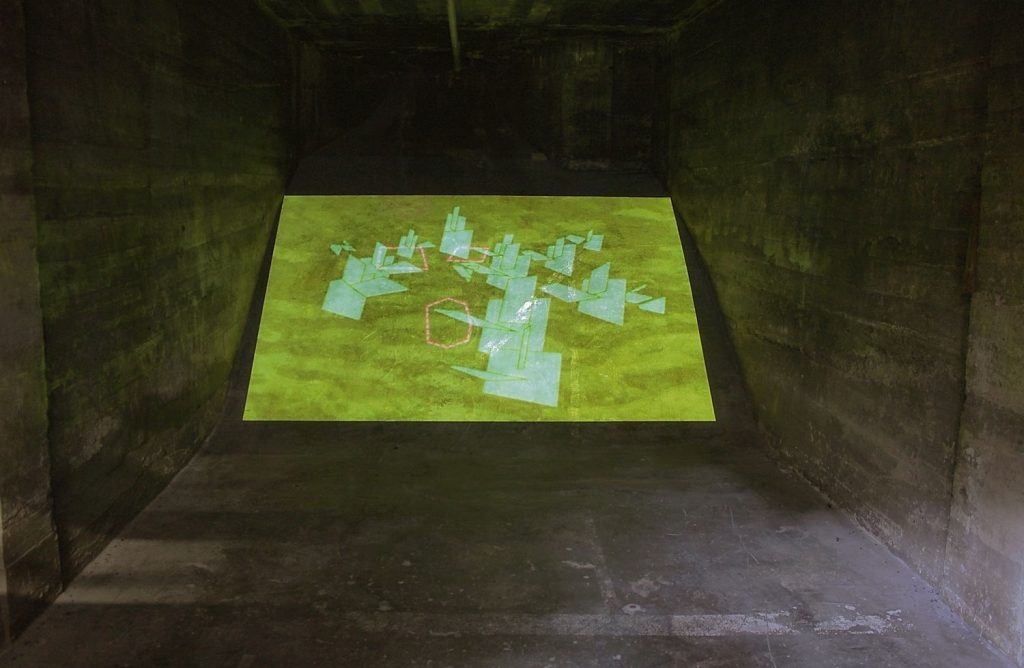
5. Robert Beatty
Robert Beatty is a musician and artist based in Lexington, Kentucky. As an artist, he’s best known for his psychedelic album art created for such musical acts as Oneohtrix Point Never, Peaking Lights, and the Flaming Lips. Harking back to the airbrushed covers of 1970s rock albums, his work combines his hand-drawn art with digitally manipulated collage. He also creates video, sculpture, and installations that transgress sensory boundaries to disquieting effect. In his site-specific installation Suspended Passthrough, his contribution to the biennial, Beatty filmed a faux landscape that he crafted from concrete objects that were molded from plastic containers that held everyday products, including batteries, phone chargers, and Trader Joe’s frozen garlic. For the work, Beatty turns to the filmic techniques of decades past such as those used in sci-fi movies from the 1970s and ’80s.
The Atlanta Biennial runs through the extended date of April 21 at Atlanta Contemporary.






